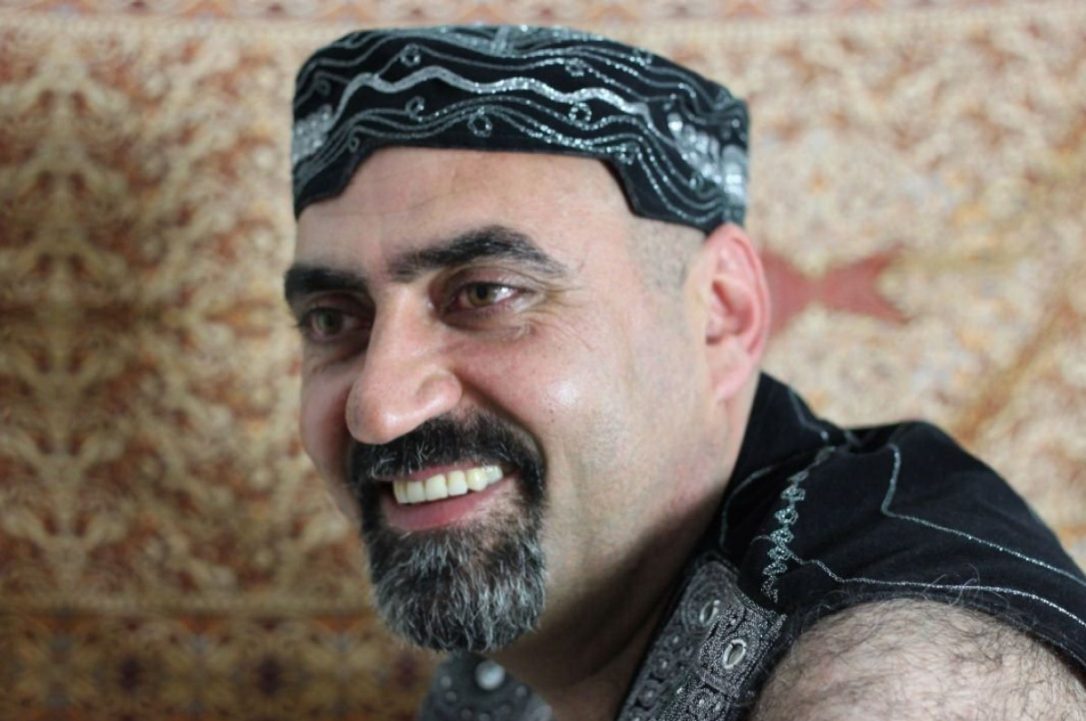Between 2010 and 2012, three men had disappeared from Toronto’s Church-Wellesley Village.
All three looked remarkably similar: brown-skinned, middle-aged, swarthy. They all had ties to the LGBT community. They all vanished without a trace.
Toronto police launched Project Houston in an attempt to track them down. And now, long after that investigation closed down, one man is believed to have killed them all.
Bruce McArthur is now charged with killing Abdulbasir “Basir” Faizi, 42, bringing the total number of people he’s alleged to have killed to seven.
An immigrant from Afghanistan, Faizi lived in Mississauga with his wife and two daughters and worked at a nearby factory.
Faizi was last seen in the Church and Wellesley area on Dec 29, 2010. His car was found abandoned in midtown Toronto, a short drive from the Leaside property where McArthur stored landscaping equipment.
At a press conference on April 11, Detective Sergeant Hank Idsinga said that Faizi’s family has been informed.
“They’re really not surprised at the end of it,” he said. “There’s been so much coverage I think they’ve been expecting it.”
https://www.facebook.com/dailyxtra/videos/10158085725504572/
Idsinga also said he spoke to some of the original investigators from Project Houston.
“They do feel a sense of closure that now all three men have been accounted for,” he said.
Police identified Faizi’s remains amongst the numerous sets of dismembered remains found in planters at the Leaside property in midtown Toronto.
So far, they have linked those remains to six people — Skandaraj Navaratnam, Abdulbasir Faizi, Soroush Mahmudi, Dean Lisowick, Selim Esen and Andrew Kinsman. At least one set of remains has yet to be identified. Police have now also been able to determine that Lisowick was likely killed in April 2016.
McArthur has also been charged with the murder of Majeed Kayhan, but investigators still don’t know whether or not those remains belong to Kayhan.
Unidentified man
Toronto police have yet to put a name to a man whose photo they released as part of the investigation.
They’ve received over 500 tips about the photograph and are still looking at 22 possible identities.

Detective Sergeant Hank Idsinga shows reporters a new version of the photograph Toronto police released of a man they believe is deceased, on April 11, 2018 at Toronto police headquarters. Credit: Nick Lachance/Xtra
Police also released a new version of the photo, enhanced by LGBT activist Nikki Ward, and an artistic rendering of the man in hopes of getting more tips.
While police could lay a charge without a name, Idsinga said that they would like to find out his identity before they do that and fully confirm that he’s deceased.
Investigation expands
Police are delving into at least 15 cold cases from 1975 to 1997 to see if there are any links to McArthur. The majority of those victims are of gay men.
“They are cases that potentially could be connected,” Idsinga said. “Right now we have no evidence to suggest they are connected to Mr McArthur.”
Toronto police have also expanded the number of properties they are interested in examining from 30 to 75. They intend to use police dogs to search these properties, which are both public and private, starting in early May.
Idsinga said that some people have been reluctant to come forward to say that McArthur worked on their properties.

Toronto police search a property associated with Bruce McArthur in the Toronto area of Leaside on Feb 8, 2018. Credit: Arshy Mann/Xtra
“I’d like to assure people that we’ll do whatever we can to protect their privacy,” he said.
Meanwhile forensic investigators continue to comb through McArthur’s apartment in the Toronto neighbourhood of Thorncliffe Park.
“I think it’s easily set the record for a forensic examination of an apartment,” Idsinga said. “They are literally going through that apartment inch, by inch, by inch.”
Toronto police continue to be in discussions with various other police agencies, including internationally, about the investigation.

 Why you can trust Xtra
Why you can trust Xtra


